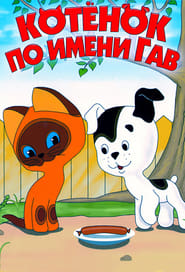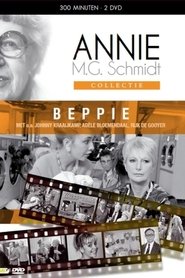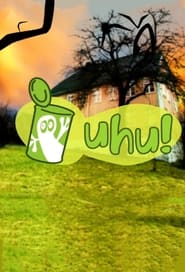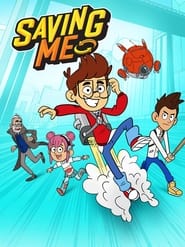Family TV Series - Page 287
-
Do Gubbare
2023
Do Gubbare
2023
star 4Discover a heartwarming tale of an unexpected friendship that will leave you smiling! -
Котёнок по имени Гав
1976
-
Beppie
1989
Beppie
1989
-
Donovan Incognito
2018
Donovan Incognito
2018
-
Uhu!
2001
Uhu!
2001
-
Father and Son of the Ma Family
1999
star 7Ma Ze Ren and his son Ma Wei arrive in London after the death of his older brother in order to carry on the family's small antique business. -
Till Eulenspiegel
2014
-
Eggheads
2003
Eggheads
2003
star 7.3Eggheads is a BBC quiz show which pits a team of five "Eggheads" against a series of teams of five "challengers" who in each episode attempt to beat the Eggheads through a series of rounds. The program was first broadcast in 2003, and co-presented by Dermot Murnaghan and Jeremy Vine. For the 2008 series, Jeremy Vine was brought in to present on nights when Murnaghan was hosting the spinoff series Are You an Egghead?. This happened again from October 2009 while Murnaghan presented the second series of the spinoff show. Since the spin-off show finished, Jeremy Vine has continued to host the second half of each series, which broadcasts 52 weeks a year. Episodes generally air weekdays. -
3 Tatlı Cadı
2007
3 Tatlı Cadı
2007
-
Roman Havası
2014
-
حلم وخيال
2022
-
The Tailor-Made Shirt
1986
Shukichi, the owner of a shirt shop in Tsukuda, Tokyo, is a stubborn craftsman devoted to his work. Through clumsy in his expressions of affection, the mini-series depicts the sincerity, pride and pathos of a man who has supported his family to the best of his ability by devoting himself to his work. One day, his wife and son explode their daily frustrations with Shukichi and leave home... -
Суперниндзя. Дети
2024
-
Saving Me
2021
Saving Me
2021
star 5Bennett Bramble, a super genius billionaire who never found happiness, travels back in time to teach his 11-year-old self how to become a better person while they still have time, not realizing that he also forgot how to be a better person. -
Brendon Chase
1982
Brendon Chase
1982
star 5.5The three brothers Robin, John and Harold spend their vacations in 1925 on the country estate of their aunt Ellen. But instead of fun and games, the young men are expected to be extremely disciplined. And it gets worse: Harold falls ill and his brothers are to be quarantined. That's enough for the young adventurers! So they escape and hide in the forest. This is the beginning of a life they have always dreamed of. But it is not as easy as they had imagined. So the boys have to find shelter in a hollow tree trunk, their aunt worries and, on the advice of the vicar, calls in the police in the form of Sergeant Bunting. While the latter is searching, an unscrupulous journalist starts a hard-nosed hunt for Robin and John. The sergeant joins the hunt when Harold, who has fallen ill, also disappears... -
Frankie
1996
Frankie
1996
-
The Motherhood
2025
The Motherhood
2025
star 1Connie Britton, herself a single mother, helps another mom balance work, parenting, and self-care. With expert coaches, they transform the mom's living space, parenting approach, and wardrobe over a week, fostering a supportive community.


















